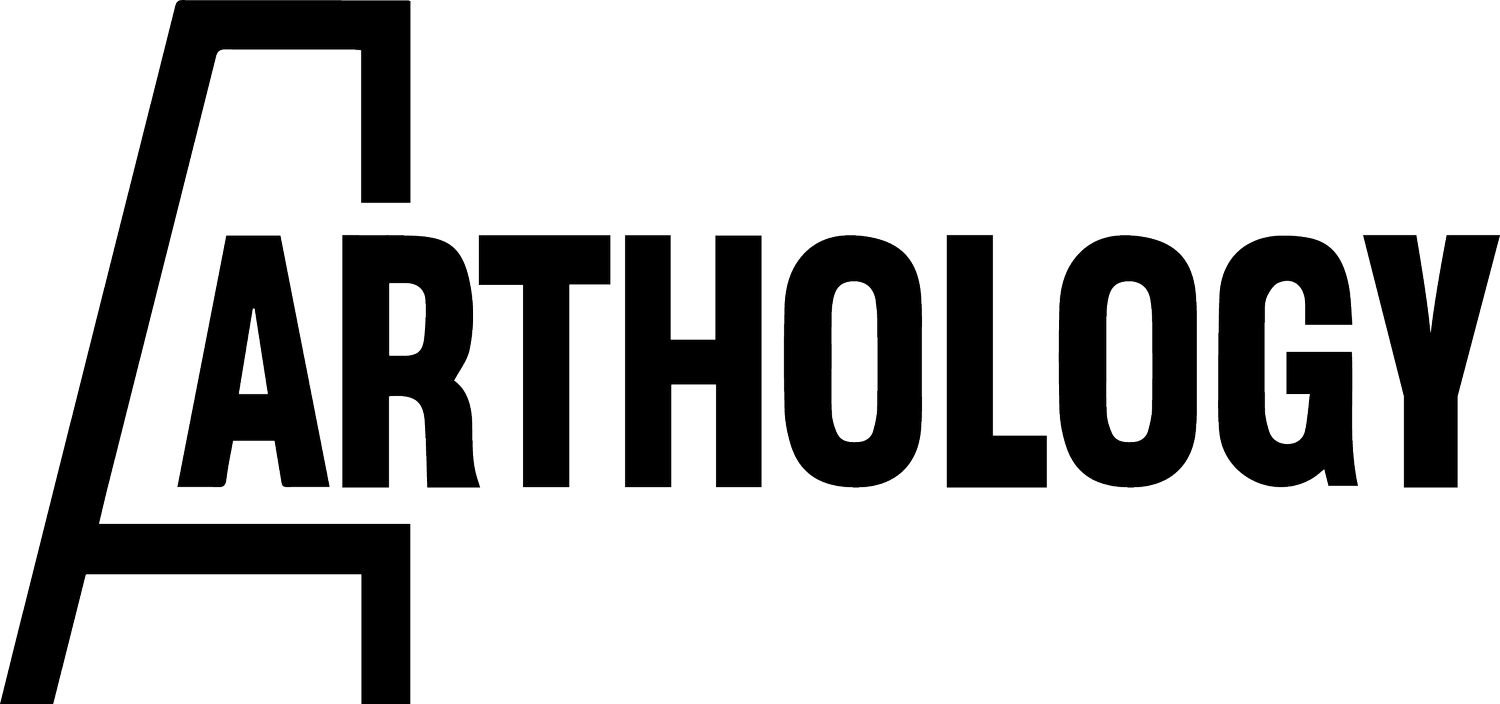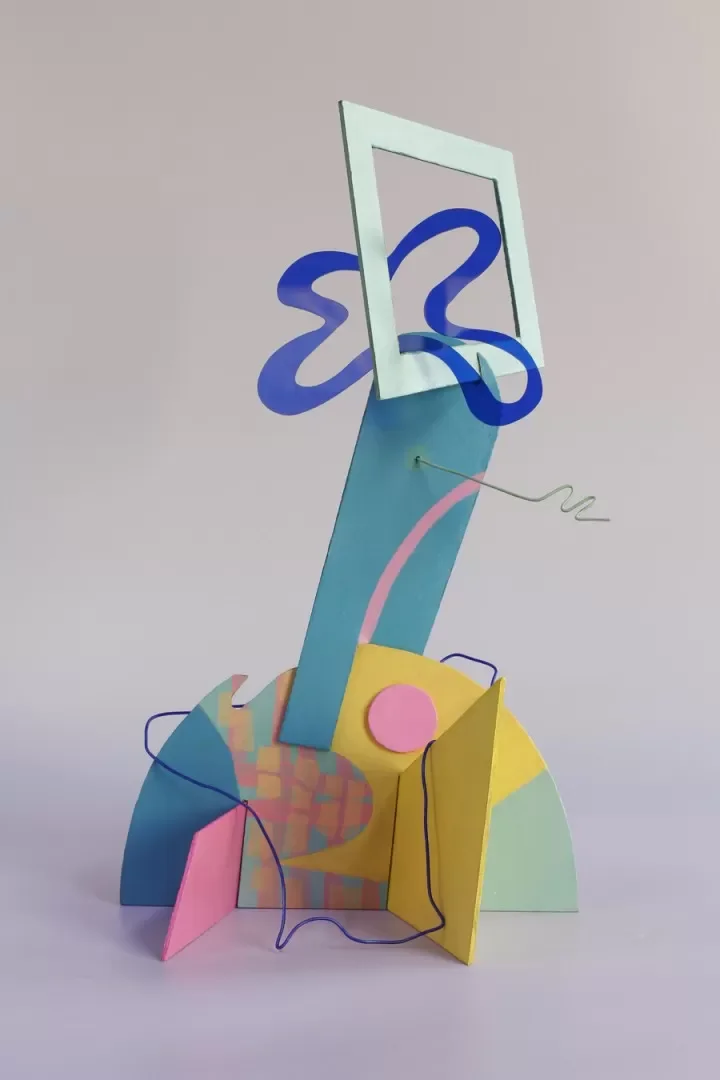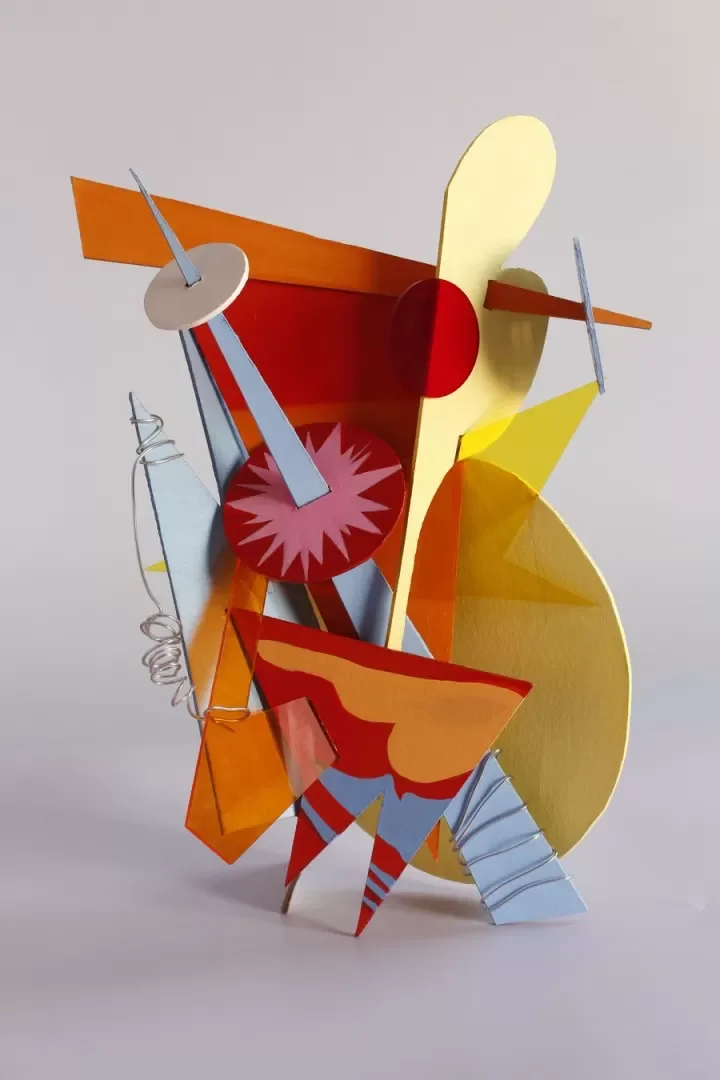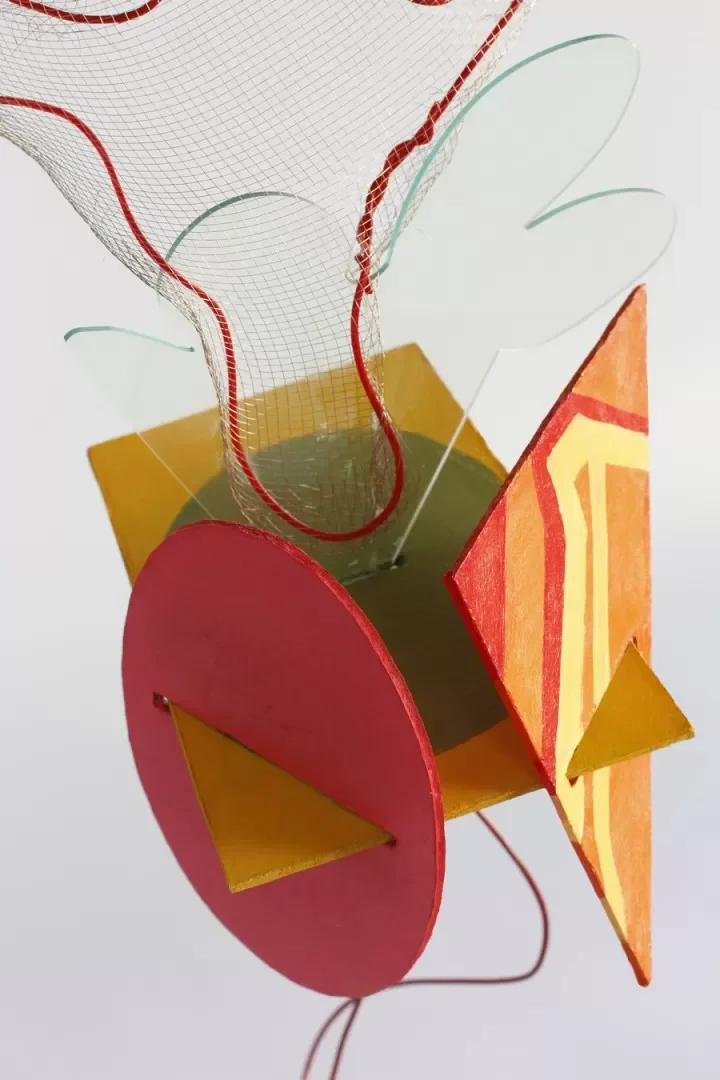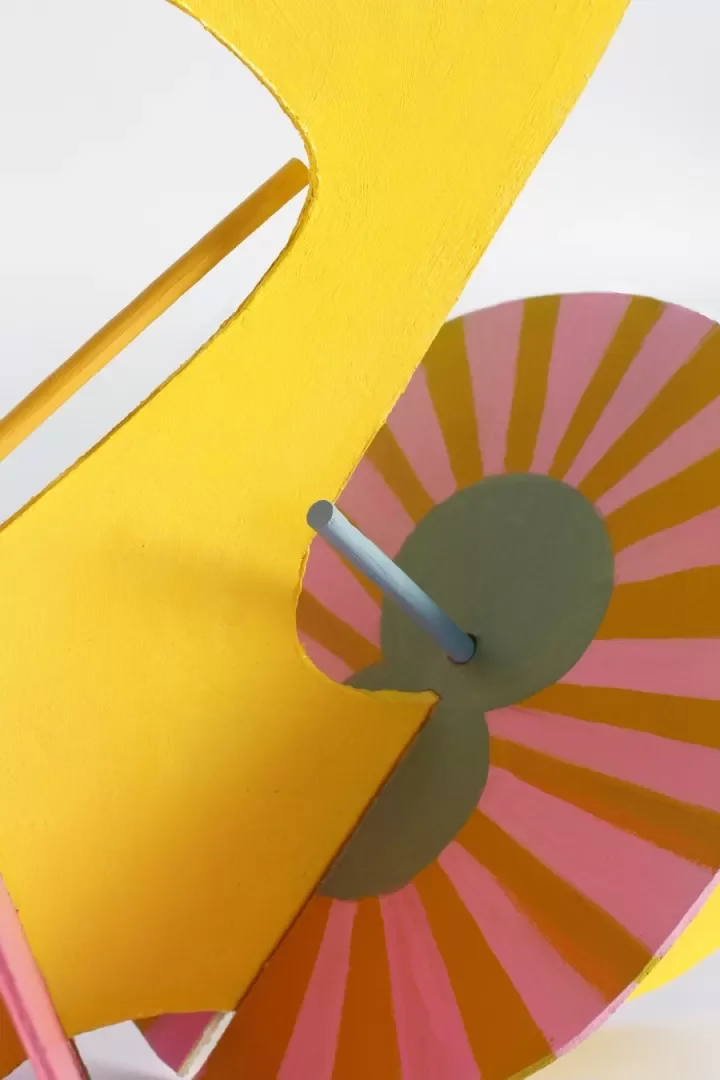From Vision to Touch: A Cross-Disciplinary Artistic Practice
In an era where animation has long transcended the boundaries of traditional media, Tianhui Zheng’s practice responds to this state of “escape” with a subtle yet incisive approach. A graduate of the Animation programme at the Royal College of Art in London, she does not confine animation to its conventional definitions, but treats it as a mode of thinking—fluid, structural, and perpetually evolving. Her works move seamlessly between sculpture, installation, and interaction, collecting echoes from the folds of everyday life to shape a poetic yet composed visual language. Through this language, she explores how we are inscribed into fixed identities by the symbolic roles of society, how we navigate and perform between labels, and how we might begin to rediscover the self.
Show Your personality: Wave
THE VISUAL LANGUAGE OF ANIMATED CHARACTERS:
LABELS, IDENTITY, AND MODES OF VIEWING
In Tianhui Zheng’s work, the individual is no longer seen as a complete and coherent entity, but rather as a visual figure—unfinished yet distinctly recognisable, like a character sketch. To her, the popularity of online personality tests reflects a kind of character-setting language: within these finely constructed contexts, the viewer’s thoughts are gently guided, and their traits and preferences are categorised into a handful of recognisable types. We reflect, project, and eventually accept a symbol that seems to “belong” to us.
In her practice, these labels are dismantled, exaggerated, and reassembled into visual forms that can be seen, carried, and even performed. Personality is no longer a silent psychological outline, but a new set of identities awaiting interpretation. Animation here is not defined by continuous motion on screen, but as a medium that flows between sculpture, image, and performance. Within this framework, labels become the props of a character, and the viewer—through participation—steps into this stage of personae, reinterpreting “self” with each choice and confirmation.
Show Your Personality: Attack
CHARACTERS THAT BREATHE IN STILLNESS
Zheng Tianhui's work goes beyond a mere critique of label culture. She translates abstract and ubiquitous stereotypes into tangible, wearable sculptural forms—giving them shape, texture, and color—forming a visual language that can be read and performed. Using a clear compositional language of points, lines, and planes, she simulates the symbolic approach of animated character design: sharp edges suggest defense and rejection, soft curves imply sensitivity and compliance; warm and cool tones resemble personality spectrums, visually expressing emotional temperature and inclination.
What truly brings these components to life, however, is the viewer’s participation. Through a questionnaire, viewers receive fragments of personality that resonate with their choices, and as they piece them together and carry them, they unwittingly take part in a real-time reconstruction of character identity. This is no longer a passive viewing act—it becomes a subtle form of performance: characters don’t move across a screen, but emerge through action; labels are no longer mere names but gain life and meaning in the hands of the viewer, slowly taking shape, being narrated, and carried away in the imagination.
THE COLLABORATION OF IDENTITY: RECOGNITION THROUGH PARTICIPATION
In Zheng Tianhui’s projects, the viewer’s identity is quietly rewritten. They are no longer detached observers but collaborators who gradually enter the framework of labels—drawing a self awaiting performance through choices and responses shaped by social templates and personal experience.
This process mirrors the sketching of an animated character before its full development: recognition, identification, reenactment. Labels no longer serve merely to define but function as a kind of script. Viewers constantly reaffirm and perform, distancing themselves from others while moving closer to an imagined version of “me.”
Just as labels flow through social media, identification often means entering a character’s mindset. Using the language of sculpture, Zheng makes the generative process of identity visible—turning the fixed into the questionable. With a restrained yet precise approach, she gently reminds us: the so-called “self” may be nothing more than a visual theater of names, performances, and whispered rewritings.
Show Your Personality: Rhythm
ANIMATION AS METHOD: A CROSS-DISCIPLINARY ARTISTIC PRACTICE
At first glance, Zheng Tianhui’s sculptural project revolves around personality tests—but beneath the surface lies a deeper inquiry: how contemporary society uses labels to regulate, define, and even consume individual identity. She borrows the logic of animation to deconstruct and reassemble these symbolized identities, then re-materializes them through sculpture—making them visible, tangible, and performable.
For Zheng, animation is not merely a medium of moving images over time; it is a mode of thinking—one rooted in growth and perception, and capable of fluidly traversing multiple mediums.
When animation breaks free from its traditional boundaries, it brings more than just new visual forms; it introduces a new way of understanding identity. At this point, art no longer merely replicates or reflects social structures—it quietly intervenes, gently nudging them toward transformation. It is in this conceptual framework that Zheng unfolds her practice: navigating between image, sculpture, and performance, she embarks on an experimental journey into the question of “Who am I?”—exploring how identity is seen, named, and subtly transformed through repeated acts of interpretation.
Show Your Personality: Sun
